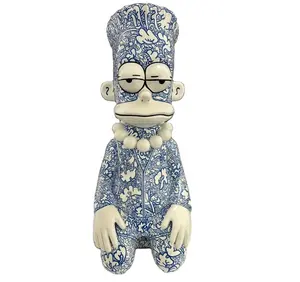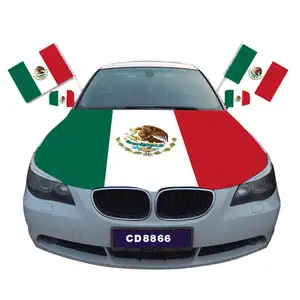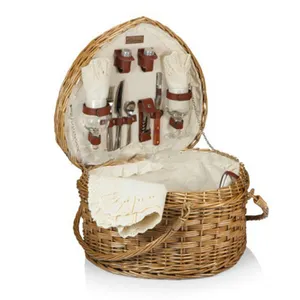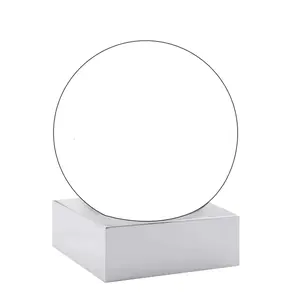Popular in your industry



















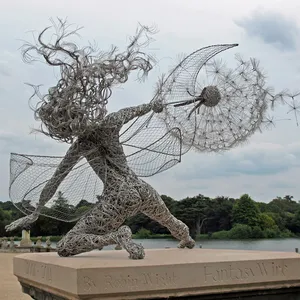















































































































Top categories
About aztec figurines
Get started on a new epoxy resin project with wholesale aztec figurines at Alibaba.com! From beginners to experienced crafters, the range of aztec figurines available is suitable for all.
Epoxy resin crafts have slowly gained attention, and more people are beginning to learn how to make their DIY resin crafts. For starters, resin trays molds are an essential part of the process. It helps shape your creations with less effort on your part and allows consistency across multiple items. It is important if you are considering making resin crafts to sell.
There are a variety of resin crafts for beginners out there. If you are looking for something suitable for either gender, you may find resin keychains ideas a good place to start. They are fairly straightforward and customizable to your liking.
Resin jewelry DIY is another option that is slowly gaining traction. Earrings, necklaces, and bracelet pendants are some ideas that you can start making. You can check out the existing wood and resin projects for some inspiration if you want to include an extra element.
There are many ways you can manage epoxy crafts and a great number of things to make with resin. Alibaba.com offers great deals on the materials you will need for your next DIY resin art idea!
